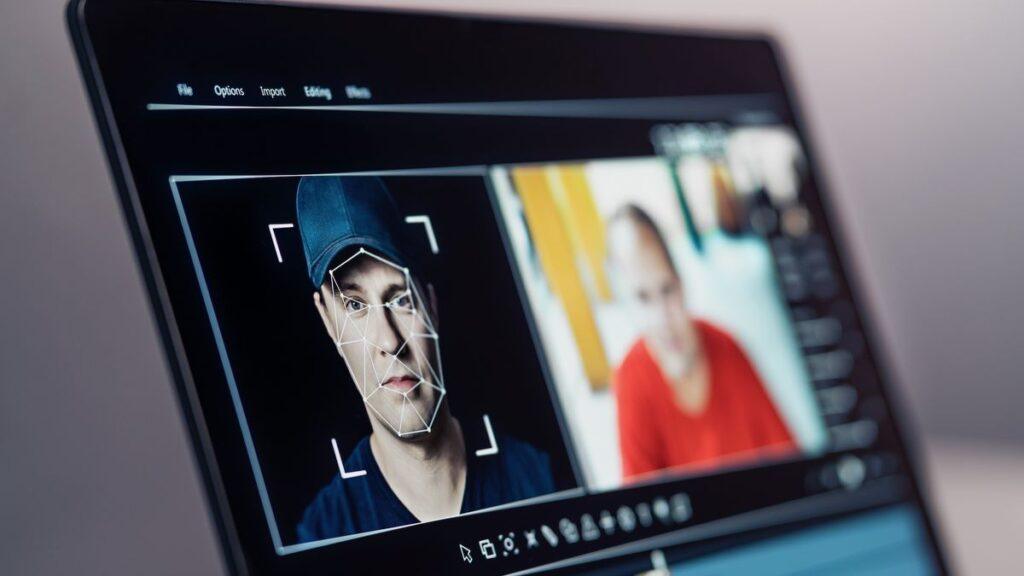- Deepfakes and attacks on critical infrastructure are top concerns in Blackberry Global Threat Intelligence Report
- 600,000 attacks were launched against critical infrastructure between July and September 2024
- 45% of them were against financial institutions.
Attacks on critical infrastructure continue to dominate the cybersecurity conversation: Blackberry’s Global Threat Intelligence Report reveals that nearly 600,000 attacks were conducted against critical infrastructure between July and September 2024.
The financial sector continues to face a massive number of cyberattacks that could bring it to its knees, and is the target of 45% of these attacks, while healthcare organizations next account for 30% of incidents, followed by 17 % of government services. Downtime is costly for these sectors, making them more likely to pay a ransom to restore systems quickly, making them an attractive target.
The rise of AI has inevitably led to a rise in cyberattacks, but also a particularly predictable rise in deepfake scams. These scams use an AI-generated image, video, or voice to impersonate an executive or infiltrate companies. This is predicted to cause a staggering $40 billion loss by 2027 alone, highlighting it as a growing threat.
Deepfakes are eroding trust and presenting an unprecedented challenge to stakeholders who can no longer have 100% confidence in the authenticity of executive communications.
This has highlighted the dire need for regulatory frameworks for deepfakes, such as the emerging US AI Anti-Fraud Act and Canadian non-consensual media legislation.
Unsurprisingly, ransomware groups also shape the threat landscape, with infamous groups like LockBit and ALPHV proving to be “silent but deadly” in evading detection.
“Our attack surface has never been broader, with threat actors and nation states expanding their horizons into cyber espionage attacks, while ransomware groups are becoming more sophisticated in their campaigns,” said Ismael Valenzuela, vice president of Research and BlackBerry Threat Intelligence.
“However, we have never been better prepared. “We have the tools, technology and protocols to protect ourselves and mitigate the impact of attacks, and our industry is equipped to keep up with changes in threat actor methodology.”




